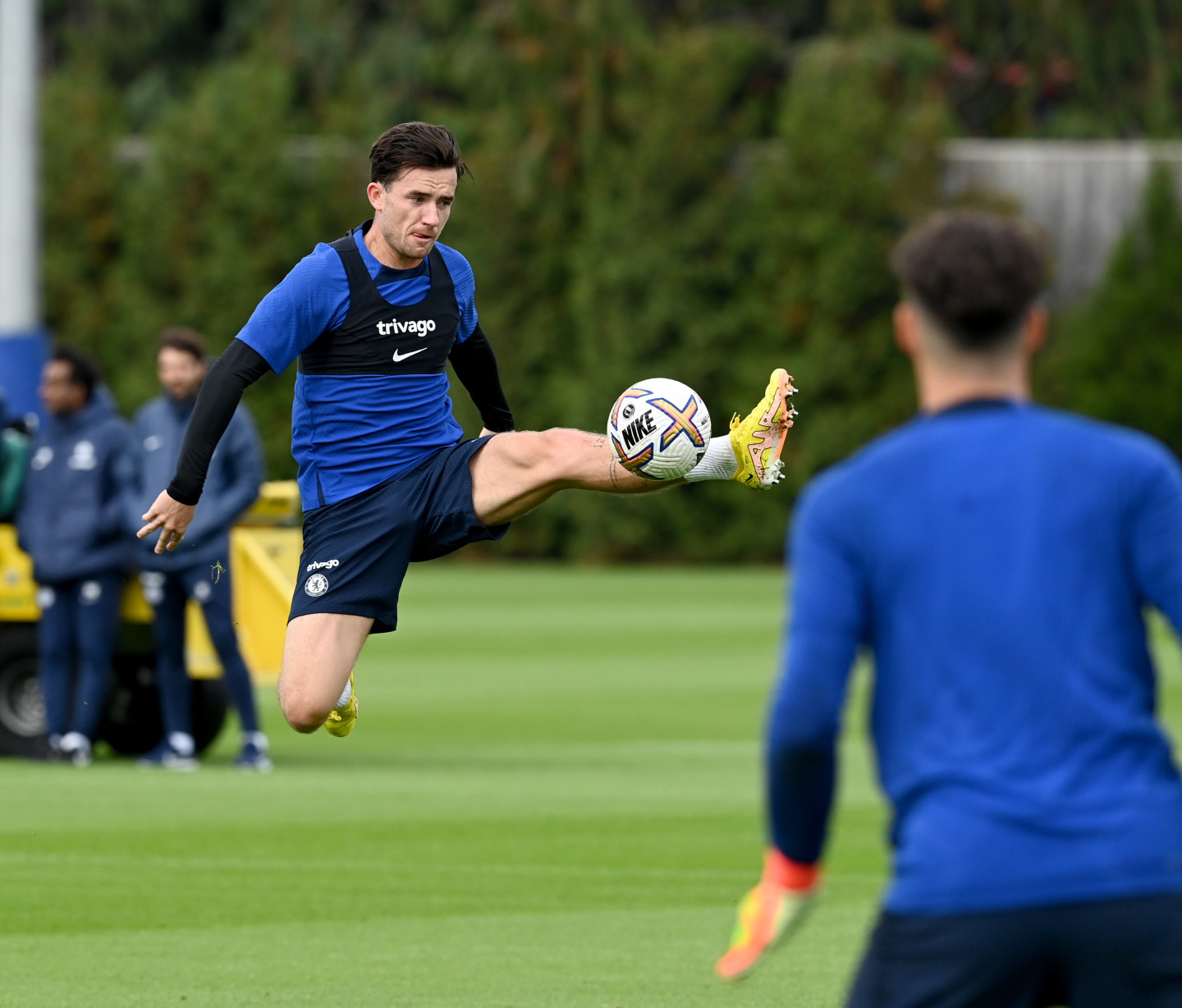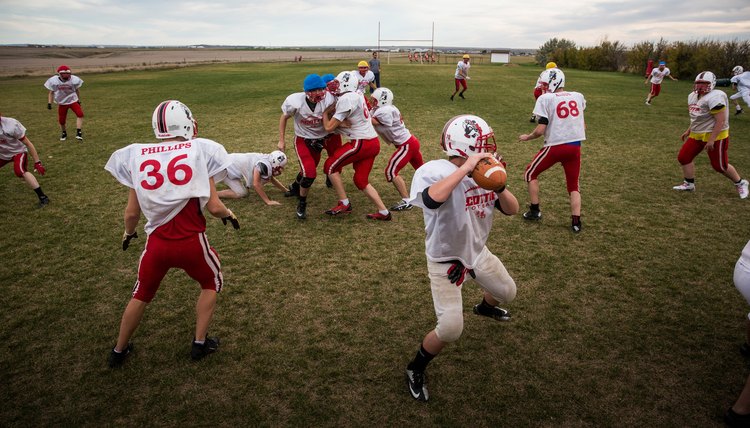For aspiring football players or curious fans, one common question that arises is how long is football practice? The duration of football training sessions can vary depending on various factors such as the level of play, coaching philosophy, and the specific objectives of the team. In this blog, we dive deep into uncovering the typical durations of football practices across different levels – from youth teams to professional clubs. Understanding the time commitment involved in football practice is key for players looking to excel in the sport or for enthusiasts wanting to appreciate the dedication and hard work that goes on behind the scenes. Let’s explore the lengths of football training sessions and the factors that influence them!
Importance of Football Practice Duration
Football practice duration plays a significant role in the overall development and performance of players on the field. The time dedicated to practice directly impacts the skill level, teamwork, and physical endurance of the individuals involved.
The Impact on Skill Development
Extended practice sessions allow players to focus on honing their techniques, improving accuracy, and developing a deeper understanding of the game’s strategies. Consistent and long-duration practices help in refining both individual skills and team coordination.
Physical Endurance and Fitness
Longer practice durations contribute to enhancing players’ physical fitness levels. Regular and extended training sessions help in building stamina, strength, and agility, which are crucial for sustaining high-intensity performance throughout the game.

Image Source: Unsplash
Factors Affecting the Length of Football Practice
Football practice duration can vary based on several factors that influence the efficiency and effectiveness of the training sessions.
1. Coaching Philosophy
Coaches play a significant role in determining the duration of football practice. Some coaches believe in longer, more intense sessions, while others prefer shorter, more frequent practices.
Having clear communication from coaches about the length and intensity of practices can help players prepare better.
2. Seasonal Demands
During pre-season, coaches often conduct longer practices to build team cohesion, fitness, and skills. In contrast, in-season practices are usually shorter to avoid player fatigue and maintain peak performance.
- Pre-season training focuses on building endurance and stamina.
- In-season practices prioritize strategy and recovery.

Typical Duration of Professional Football Practice
Professional football practice sessions can vary in duration based on several factors. On average, football practice sessions last between two to four hours each day, excluding meetings, film sessions, and workouts. However, the exact length may differ among teams and coaching staff. Let’s explore the breakdown of a typical professional football practice:
Warm-up and Stretching (15-30 minutes)
Players start with a 15-30 minute warm-up session focusing on stretching, jogging, and other drills to prepare their bodies for the practice ahead.
Individual Skills and Drills (30-60 minutes)
Following the warm-up, players engage in individual skill work and position-specific drills for around 30-60 minutes. This time is crucial for players to hone their techniques and improve their performance on the field.
Team Drills and Scrimmages (60-90 minutes)
The bulk of the practice session involves team drills, offensive and defensive strategies, and scrimmages, lasting approximately 60-90 minutes. This period allows players to work together, understand play-calling, and improve teamwork.
Comparison to Amateur and Youth Football Practice
When comparing the duration of professional football practice to that of amateur and youth levels, there are significant differences in terms of time commitment and intensity.
Time Commitment
Professional football practice sessions typically last for around 3 to 4 hours each day, focusing on various aspects of the game such as tactics, fitness, and technical skills. In contrast, amateur and youth football practice sessions are usually shorter, ranging from 1 to 2 hours.
Professional players often spend additional time on individual training and recovery sessions to maintain peak performance.
Intensity and Structure
Professional football practices are highly structured and intense, with coaches emphasizing precision, speed, and decision-making under pressure. The frequency of training sessions is higher, often including double sessions to work on different aspects of the game.
On the other hand, amateur and youth football practices focus more on skill development, teamwork, and enjoyment of the game. Coaches at these levels prioritize player development and fostering a love for the sport.
- Youth practices may include fun drills and scrimmages to engage players and enhance their skills gradually.
- Amateur teams may have less frequent practices due to players’ other commitments such as work or school.
Strategies to Optimize Football Practice Time
Football practice sessions vary in duration based on different factors, but typically last between 1 to 3 hours. To make the most of this time and ensure maximum efficiency, coaches and players can implement various strategies:
Plan Ahead and Prioritize Tasks
Begin each practice with a detailed plan outlining the drills, skills, and tactics to be covered. Prioritize essential aspects such as warm-ups, technical drills, tactical exercises, and scrimmage sessions to optimize the time available.
Use a training schedule to allocate specific time slots for different activities.
Focus on Quality Over Quantity
Emphasize the importance of quality repetitions during practice. Encourage players to perform each drill or exercise with maximum effort and precision to enhance skill development.
- Provide consistent feedback to players to help them improve.
- Utilize progressive drills that challenge players at their skill level.
Frequently Asked Questions
-
- How long do football practices usually last?
- Football practices typically last anywhere from 1.5 to 3 hours, depending on the level of the team and the specific coaching schedule.
-
- Is the duration of football practice the same for all age groups?
- No, the duration of football practice can vary based on the age group. Younger players may have shorter practice sessions compared to older, more experienced players.
-
- Do professional football teams have longer practice sessions?
- Professional football teams often have longer and more intense practice sessions compared to amateur or youth teams. They may also have multiple practice sessions throughout the day.
-
- What factors can influence the length of football practice?
- Factors such as the coaching philosophy, team goals, upcoming games or events, player fitness levels, and weather conditions can all influence the duration of football practice.
-
- How often do football teams have practice sessions?
- Football teams typically have practice sessions multiple times per week during the regular season. The frequency may vary during off-season or pre-season training.
Final Thoughts
Understanding the duration of football practice sessions is vital for players, coaches, and parents alike. While the exact length varies based on the level of play and individual team schedules, typical sessions can range from 1.5 to 3 hours. It’s crucial to remember that quality over quantity is key in football training. Short, focused practices can be just as effective, if not more so, than long, drawn-out sessions. Players should listen to their bodies and prioritize rest and recovery to avoid burnout and injuries. By finding the right balance and maximizing the time spent on the field, athletes can elevate their skills and performance to new heights.





